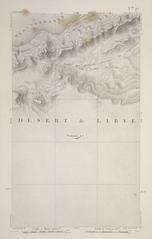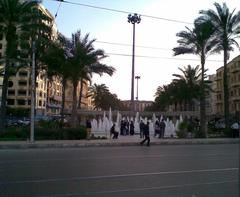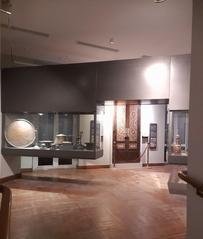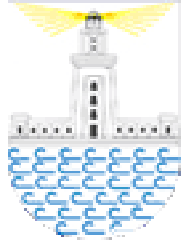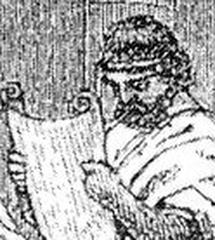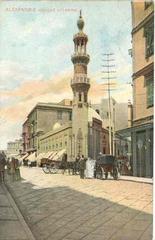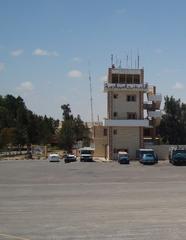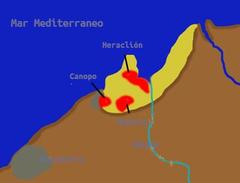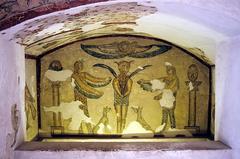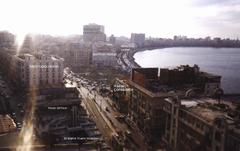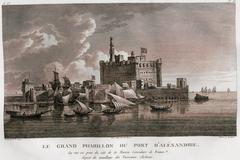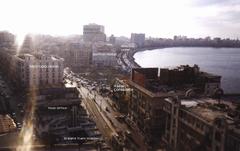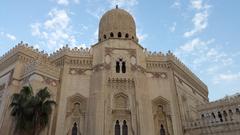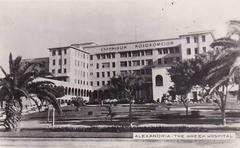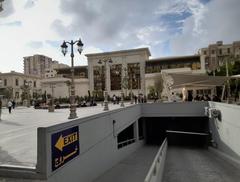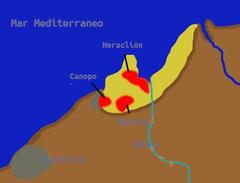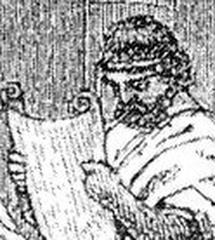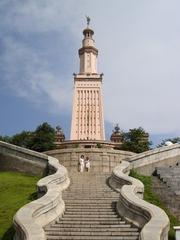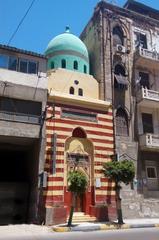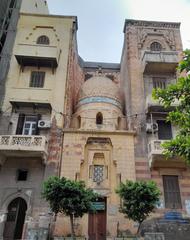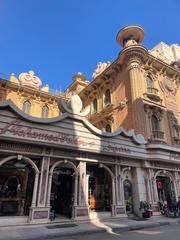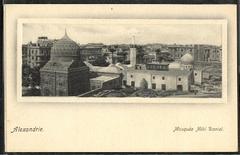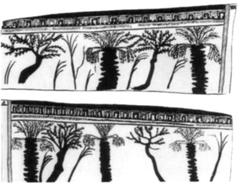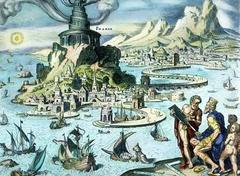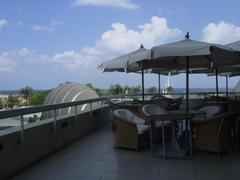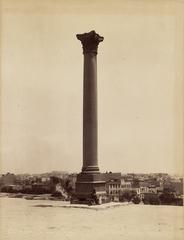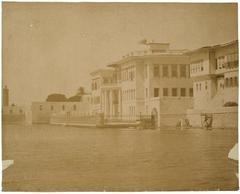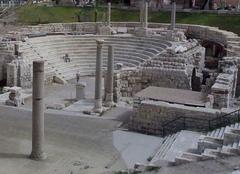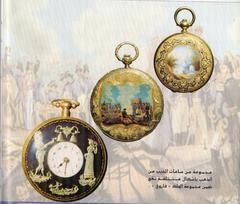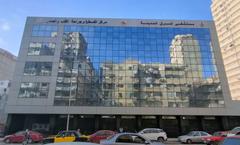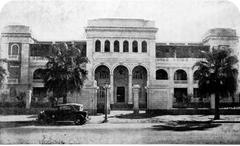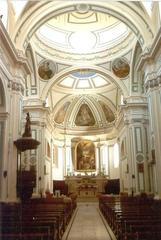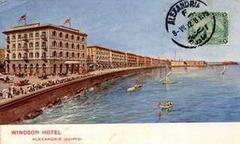Tirbana Mosque: Visiting Hours, Tickets, and Alexandria Historical Sites Guide
Date: 14/06/2025
Introduction: Tirbana Mosque and Alexandria’s Heritage
Alexandria, Egypt, is celebrated for its rich history and cultural diversity, standing as a testament to centuries of religious, social, and architectural evolution. Among its notable sites, the Tirbana Mosque (also known as the Mosque of Ibrahim Terbana or Terbana Mosque) emerges as a unique symbol of the city’s Islamic heritage and its role as a Mediterranean crossroads. Built between the late 17th and early 18th centuries during Ottoman rule, the mosque encapsulates both Ottoman and local Egyptian architectural traditions, integrating Greco-Roman columns from Alexandria’s classical past to support its minaret (archiqoo.com, Lonely Planet).
Located in the historic Gumruk district, the mosque is set amidst lively markets and narrow streets, reflecting the integration of spiritual and commercial life. Its structure, elevated above ground-level shops as a “hanging mosque,” further highlights this coexistence (Alexandria Tourism Board). Visitors experience a vibrant cultural center, not just a place of worship, with religious activities, architectural artistry, and a welcoming atmosphere for all. The mosque is open daily, generally from 8:00 AM to 6:00 PM, with free entry for visitors. Modest dress and respectful behavior are required, and neighboring sites like Abu al-Abbas al-Mursi Mosque and the Bibliotheca Alexandrina provide deeper context for Alexandria’s diverse historical landscape (TravelTailors, Quit and Go Travel).
This guide offers comprehensive insights into Tirbana Mosque’s history, architecture, visitor information, and its significance within Alexandria’s religious mosaic, aiming to encourage informed and respectful engagement (Egyptian Streets).
Table of Contents
- History and Significance
- Architectural Features
- Location and Urban Context
- Visiting Information
- Nearby Attractions and Travel Tips
- Preservation and Restoration
- Religious Diversity and Community Engagement
- FAQs
- Conclusion and Visitor Resources
History and Significance
The Tirbana Mosque, constructed during the Ottoman era in the 17th century CE, is a testament to Alexandria’s role as a religious and cultural intersection in the Mediterranean (archiqoo.com). During this period, Alexandria underwent revitalization with new Islamic architectural projects. The mosque likely bears the name of a notable patron, following Ottoman traditions.
Its significance extends beyond architecture; it has served the local community for centuries as a place of worship, learning, and social gathering. The mosque’s construction using repurposed ancient materials symbolizes Alexandria’s layered history, weaving together classical, Islamic, and Mediterranean influences.
Architectural Features
Material Reuse and Classical Connections
A distinguishing feature of Tirbana Mosque is its use of ancient Greco-Roman columns—likely from the city’s classical ruins—to support its minaret (Lonely Planet). This practice, known as spolia, visually links the mosque to Alexandria’s multi-layered past.
Facade and Brickwork
The mosque’s facade exemplifies Delta-style Egyptian architecture, featuring striking red-and-black brickwork. This polychrome pattern is both decorative and practical, offering protection against Alexandria’s humid coastal climate (Lonely Planet).
Minaret and Structural Details
The slender, Ottoman-style minaret rises above the mosque, serving as both a visual landmark and a call to prayer. Its base, supported by ancient columns, is unique among Alexandria’s mosques.
Interior and Decoration
Inside, the mosque features geometric and floral motifs, a marble mihrab, and a wooden minbar. Stained glass windows illuminate the prayer hall, creating a tranquil ambiance (archiqoo.com). Decorative elements are modest, focusing on architectural form and historical materials.
Location and Urban Context
Tirbana Mosque stands at the junction of Sharia Faransa and Wekalet Al Limon in the Gumruk district (Lonely Planet). The area, once underwater in the Middle Ages, is now a dense urban neighborhood with bustling markets and a vibrant community, offering visitors a genuine Alexandrian atmosphere.
The mosque’s entrance opens directly onto the street, reflecting the traditional integration of religious, commercial, and residential spaces in Alexandria.
Visiting Information
Opening Hours & Tickets
- Hours: Generally open daily from 8:00 AM to 6:00 PM. Hours may vary during religious holidays or events.
- Entry: Free of charge; voluntary donations are appreciated.
Accessibility & Guidelines
- Access: The mosque is elevated above shops and accessed via stairs; wheelchair accessibility is limited (Wikipedia).
- Dress Code: Modest attire required—shoulders and knees covered; women should cover their hair.
- Etiquette: Remove shoes before entering the prayer hall. Silence and respectful behavior are expected. Photography is allowed with permission, but avoid photographing worshippers without consent.
- Best Times: Visit mid-morning or mid-afternoon to avoid peak prayer times, especially Fridays when access is restricted until after Jumu’ah prayer (~2:30 PM).
Facilities
Restroom facilities are limited—use nearby cafes or restaurants if needed. Shops on the ground floor offer souvenirs and crafts.
Nearby Attractions and Travel Tips
Tirbana Mosque’s central location allows easy access to:
- Abu al-Abbas al-Mursi Mosque
- Bibliotheca Alexandrina
- Citadel of Qaitbay
- Local markets and traditional eateries
Public transport, taxis, and walking are convenient. Plan your visit during cooler parts of the day; carry water and valuables securely (Quit and Go Travel, Egypt Tours Plus).
Preservation and Restoration
The mosque has undergone significant restoration since 2010, with over 23 million EGP invested to stabilize its structure and restore decorative elements. These efforts aim to protect the mosque from Alexandria’s coastal climate and urban development, ensuring its continued role as both a spiritual center and a historical landmark (archiqoo.com, hurghadalovers.com).
Religious Diversity and Community Engagement
Alexandria boasts a tapestry of faiths—Muslim, Christian, and Jewish—each with historic places of worship. The Tirbana Mosque is central to the local Sunni Muslim community, hosting prayers, festivals, and social services. Nearby synagogues and churches, such as the Eliahu Hanavi Synagogue and Saint Mark’s Cathedral, reflect the city’s tradition of coexistence (Egyptian Streets).
Ongoing restoration and cultural events foster interfaith dialogue and community pride, making Alexandria a model for religious diversity.
Frequently Asked Questions (FAQ)
Q: What are Tirbana Mosque’s opening hours?
A: Usually 8:00 AM to 6:00 PM daily; closed during prayer times. Fridays have restricted access until after Jumu’ah prayer.
Q: Is there an entrance fee?
A: No, entry is free; donations are welcome.
Q: Is the mosque accessible for those with mobility challenges?
A: Access is via stairs and may not be suitable for those with limited mobility.
Q: Are guided tours available?
A: Some local operators include the mosque in their tours—check with tourism offices or the Audiala app.
Q: Can I take photographs?
A: Photography is generally permitted with permission; do not photograph worshippers without consent.
Conclusion and Visitor Resources
Tirbana Mosque is a living symbol of Alexandria’s Islamic heritage and the city’s enduring diversity. Its architecture, historical depth, and active community life make it a must-visit for travelers seeking an authentic cultural experience.
Plan your visit today:
- Download the Audiala app for maps, guided tours, and real-time updates.
- Respect mosque etiquette and local customs.
- Explore Alexandria’s historic core, combining your visit with other notable sites.
For further information, check the official sources and guides listed below.
Sources
- Tirbana Mosque in Alexandria: History, Architecture, and Visitor Information
- Tirbana Mosque in Alexandria: Visiting Hours, Tickets, and Architectural Highlights
- Official Alexandria Tourism Board
- Egyptian Streets: Spiritual and Religious Tourism
- Quit and Go Travel: Alexandria Travel Guide
- TravelTailors: Egypt Do’s and Don’ts
- Wikipedia: Mosque of Ibrahim Terbana
- Hurghada Lovers: Mosques in Alexandria
- Egypt Tours Plus: Visiting Alexandria
- Alexandria.com: Travel Tips and Safety
